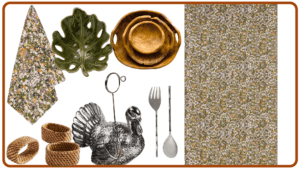Designer tip: Angela Poirrier dishes the dirt on low-maintenance surfaces

Throughout the history of interior design, popular schools have thought have encouraged the evolution of traditional materials to help keep up with modern life. More durable against stains, for example. Or more hardy against chips and dents.
“You want a countertop that lets you know and a floor that doesn’t show,” says Acadian House designer Angela Poirrier.
Traditional materials, like marble and soapstone for countertops and wood or stone for floors, may be appealing choices for their classic aesthetic, she says, but what about their function?
“Dark countertops like soapstone can highlight crumbs, spills and generic grime, making it easy to know when you should wipe down the island before rolling out dough,” says Poirrier. “Marble’s soft movement and light color can make it easy to identify messes, but assist in disguising some dirt when viewed from a distance. For floors, wood and stone have always been a popular choice because they are generally readily available. Plus, the natural variation of color found within wood and stone makes them ideal for masking muck.”
But in today’s homes and the busy lifestyles that occupy them, many people don’t have the energy to keep these traditional materials in pristine condition.
“Lucky for us, there are many low-maintenance materials that mimic the old standards,” says Poirrier. “For counters, a favorite is quartz due to its durability, high resistance to heat, and low porosity, which makes it impermeable to staining. In the last few years, quartz manufacturers have dedicated a large portion of their lines to marble and soapstone lookalikes. Caesarstone’s Calcutta Nuvo and Silestone’s recent release, Charcoal Soapstone, are impeccable replicas that boast the benefits of quartz’s low-maintenance nature. Similarly, flooring manufacturers have developed the technology to imprint natural features of wood and stone onto porcelain, a modern material known for its long lifespan and aversion to staining. Using a porcelain tile with the look of wood planks or porcelain with the look of travertine in the kitchen eliminates the fear of water damage to real hardwood floors, or ruining porous travertine with red wine, while camouflaging dirt with seemingly natural color variations.”
To learn more about Poirrier and Acadian House Kitchen + Bath Design, check out acadianhousekitchenbath.com.












